Warts are small, noncancerous growths on the skin caused by the human papillomavirus (HPV). Warts can appear anywhere on the body, but they’re most commonly found on the hands, feet and face. They’re usually harmless and will often go away on their own, but they can be painful and bothersome.
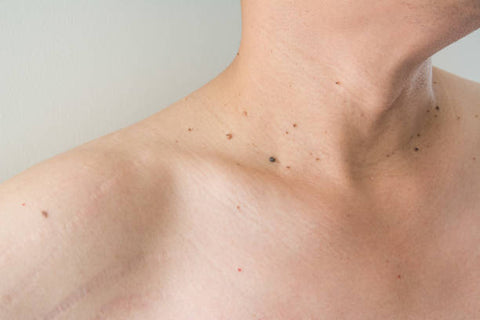
Warts usually first appear as a small, raised bump on the skin. Some warts have a rough, scaly surface, while others are smooth. They can be flesh-colored, white, pink, tan or brown. Some warts even have a pattern of black dots. Warts can grow in clusters or as a single bump.
Most warts don’t cause any problems, but they can be painful or itchy if they’re in an area that’s often bumped or rubbed. Warts can also spread to other parts of the body.
Causes of Warts:
Warts are primarily caused by HPV, a contagious virus that enters the body through small cuts or breaks in the skin. Different types of HPV cause different types of warts. The virus is more likely to enter the skin in areas with cuts or abrasions.
Common Types of Warts:
- Common Warts (Verruca Vulgaris): Typically appear on the hands, fingers, and around the nails.
- Plantar Warts: Found on the soles of the feet and can be painful due to pressure from walking.
- Flat Warts: Smooth, flat-topped lesions often found on the face, arms, or legs.
- Filiform Warts: Thread-like warts that appear around the mouth, eyes, or neck.
- Genital Warts: Sexually transmitted warts affecting the genital and anal areas.
Symptoms of Warts:
- Small, Fleshy Bumps: Warts are characterized by raised, flesh-colored growths on the skin.
- Rough Texture: The surface of a wart may be rough and bumpy.
- Pain or Discomfort: Plantar warts, in particular, can cause pain or discomfort when walking.
Treatments for Warts:
-
Topical Treatments:
- Salicylic Acid: Over-the-counter creams or patches containing salicylic acid help dissolve the wart over time.
-
Prescription Medications: Stronger medications may be prescribed by a healthcare provider.
-
Cryotherapy:
-
Freezing: Liquid nitrogen is applied to the wart, causing it to freeze and eventually fall off.
-
Freezing: Liquid nitrogen is applied to the wart, causing it to freeze and eventually fall off.
-
Electrosurgery:
-
Burning: Warts can be burned off using an electrical current.
-
Burning: Warts can be burned off using an electrical current.
-
Laser Treatment:
-
Focused Light: Laser therapy targets and destroys the blood vessels feeding the wart.
-
Focused Light: Laser therapy targets and destroys the blood vessels feeding the wart.
-
Surgical Removal:
- Excision: Cutting the wart out may be necessary for larger or stubborn warts.
Preventive Measures:
- Avoid Touching Warts: Avoid touching warts on yourself or others.
- Keep Skin Dry: Warts thrive in moist environments, so keeping the skin dry can be preventive.
- Protective Measures: Use waterproof bandages in communal areas like swimming pools.
Simplify Your Choices: Product Suggestions
Body Wart Removal (Massa nashak) Lotion
If you suspect you have warts or need guidance on treatment options, consult with a healthcare professional or dermatologist for personalized advice.
Remember, the information provided is for general knowledge, and professional medical advice should be sought for individual cases.
References:
- American Academy of Dermatology. (n.d.). Warts: Overview. aad.org/public/diseases/a-z/warts-overview
- Mayo Clinic. (2021). Warts. mayoclinic.org/diseases-conditions/warts/diagnosis-treatment/drc-20371198
Author: Nikita Vishnoi BCA






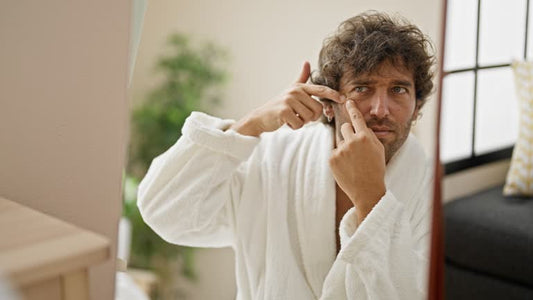

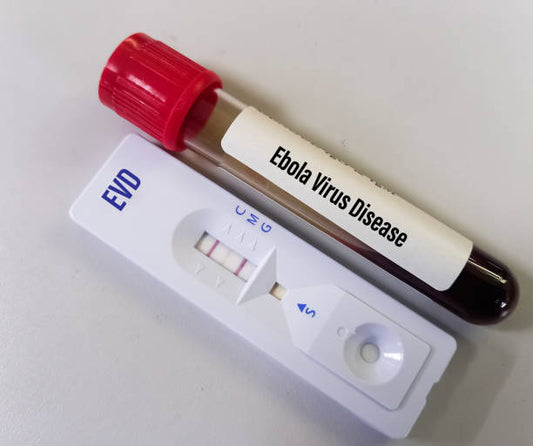
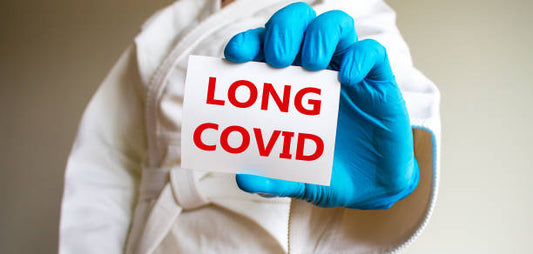
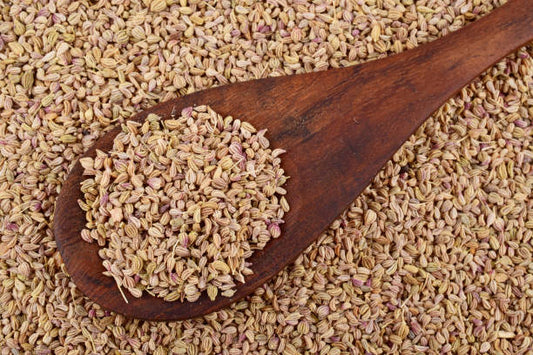
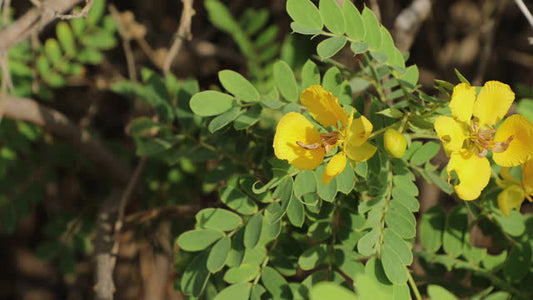
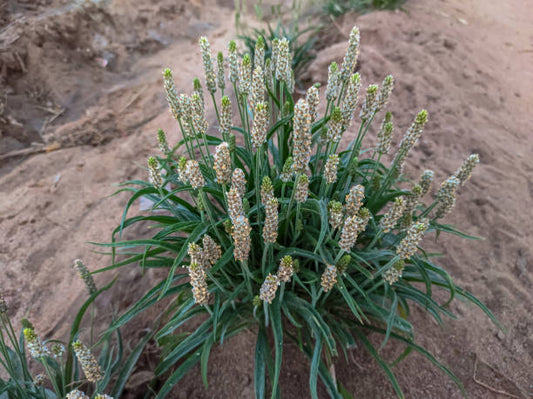
10 comments
Get Your Ex Boyfriend/Girlfriend Back! Contact him via email: dronobunspiritualhome@gmail.com or call / WhatsApp +2348051300199,, DR ONOBUN is certainly the best Spell Caster online and his result is 100% guarantee. He restored my broken relationship in just 48 hours……………Contact him today for any kind of Spell ..
I feel so blessed again in my marriage after Doctor Oku brought back my husband that separated with me for a good 3 months. Even though I have mouths all over my body, it won’t be enough to thank Doctor Oku for his help in my life. My husband separated with me for 3 months and has been in pain and agony without him. So, I searched for help everywhere but nothing worked out, not until I meant Doctor Oku who I contacted online. I explained my situation to him and he promised that my husband will get back to me within 48 to 72 hours as long as my heart still beats for him. I believed in him and he prepared a spell for me and my husband called me exactly when Doctor Oku said. He pleaded and said he needs me back and now we are living happily again for the past 9 months. Everyone out there reading my article that needs help should contact him… Email: okutemple@gmail.com or whatsApp him +2347053113465
I feel so blessed again in my marriage after Doctor Oku brought back my husband that separated with me for a good 3 months. Even though I have mouths all over my body, it won’t be enough to thank Doctor Oku for his help in my life. My husband separated with me for 3 months and has been in pain and agony without him. So, I searched for help everywhere but nothing worked out, not until I meant Doctor Oku who I contacted online. I explained my situation to him and he promised that my husband will get back to me within 48 to 72 hours as long as my heart still beats for him. I believed in him and he prepared a spell for me and my husband called me exactly when Doctor Oku said. He pleaded and said he needs me back and now we are living happily again for the past 9 months. Everyone out there reading my article that needs help should contact him… Email: okutemple@gmail.com or whatsApp him +2347053113465
I have been suffering from Herpes for the past 1 years and 8 months, and ever since then I have been taking series of treatment but there was no improvement until I came across testimonies of Dr. Silver on how he has been curing different people from different diseases all over the world, then I contacted him as well. After our conversation he sent me the medicine which I took according to his instructions. When I was done taking the herbal medicine I went for a medical checkup and to my greatest surprise I was cured from Herpes. My heart is so filled with joy. If you are suffering from Herpes or any other disease you can contact Dr. Silver today on this Email address: drsilverhealingtemple@gmail.com or Whatsapp +2348120513902
THIS IS REAL. I REPEAT, THIS IS REAL. The black mirror is real, the black mirror is really powerful, effective and 100% reliable. My name is Walter Brian, I want to thank Dada Magical for giving his black mirror to me. Since he gave me his black mirror, I became rich, successful, protected, informed and powerful. I was browsing through the internet one day when I saw multiple testimonies on how Dada Magical has helped so many people with his black mirror. I thought it was a joke at first but I gave it a try and contacted him. He sold the black mirror to me and told me how to use it and all that I need to do. I followed the instructions just as he told me and to my greatest surprise, it worked just as he told me. The black mirror is still working for me. The mirror also brings good luck, blessings and information. Contact Dada Magical now on his email; Dadablackmirrors@gmail.com and he will help you also with the black mirror just the same way he helped me. Thank you Great Dada Magical.